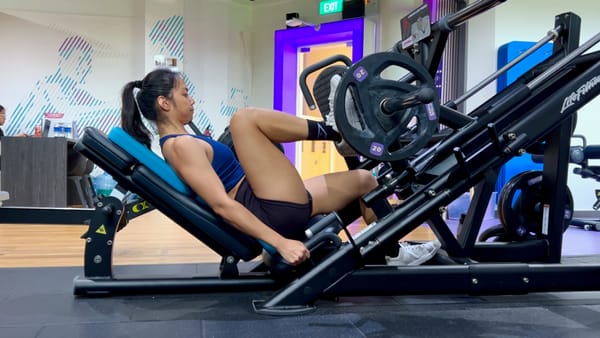Muscle Soreness after Working Out: Why, How to Deal, and More
Muscle soreness after working out is not a sign that you're about to experience growth. Sorry. Learn why and how to get over the ouchiness ASAP.

Raise your hands if you think muscle soreness after working out is a sign that:
🙋— are you doing this?
Literally or in your mind, it doesn’t matter; as long as you agree with the 2 sentiments above, you need to read this article. Because, unfortunately, everything you’ve believed about muscle soreness is about to change.
Delayed onset muscle soreness, explained
You’re probably already familiar with how it feels (a whole load of “ouch!” and hobbling down the stairs), so let’s talk about what it is.
In the strength training world, muscle soreness after working out is short for “delayed onset muscle soreness” (DOMS), which:
- Develops anywhere between 12 and 24 hours after your workout, then
- Peaks around 24 to 72 hours after your training stimulus, then
- Disappears within 7 days of the initial workout
What causes muscle soreness after working out?
So, here’s the thing.
Researchers previously thought that muscle soreness after working out was due to muscle damage and the subsequent inflammation (FYI, inflammation is crucial for muscle repair and regeneration) post-workout.
But recent research has thrown that into question because studies have shown that it’s possible for:





